Description
Triceratops is one of the most well-known and distinctive dinosaurs of the Late Cretaceous period, approximately 68 to 66 million years ago. It belongs to the group of dinosaurs known as ceratopsians, characterized by their horned faces and frills.
Key features of Triceratops include:
- Horned Face: Triceratops had a large bony frill at the back of its skull, adorned with three facial horns. It had two horns above its eyes and a longer, more prominent horn on its nose.
- Herbivorous Diet: Triceratops was a herbivore, feeding on plants and vegetation. Its beak-like mouth was adapted for cropping and slicing plant material.
- Bipedal and Quadrupedal Posture: Triceratops was capable of both bipedal (walking on two legs) and quadrupedal (walking on all four legs) locomotion. As a large dinosaur, it likely spent much of its time on all fours to support its weight.
- Ceratopsian Anatomy: Triceratops had a sturdy body, a relatively short tail, and relatively small forelimbs with three-fingered hands.
- Social Behavior: Fossil evidence suggests that Triceratops individuals sometimes lived in groups, which might have included both adults and younger dinosaurs.
- Variations: Triceratops is known from several species, some of which have slight variations in horn and frill shape. The “torosaurus” might be an adult form of Triceratops or a separate genus.
- Fossils and Discoveries: Fossils of Triceratops have been discovered in North America, particularly in places like Montana, South Dakota, and Wyoming. These fossils have contributed significantly to our understanding of ceratopsian dinosaurs.
Triceratops is one of the most iconic dinosaurs and has captured the imagination of people of all ages. Its distinctive appearance and role as a herbivorous giant of the Late Cretaceous ecosystem make it a favorite subject of paleontology and popular culture.
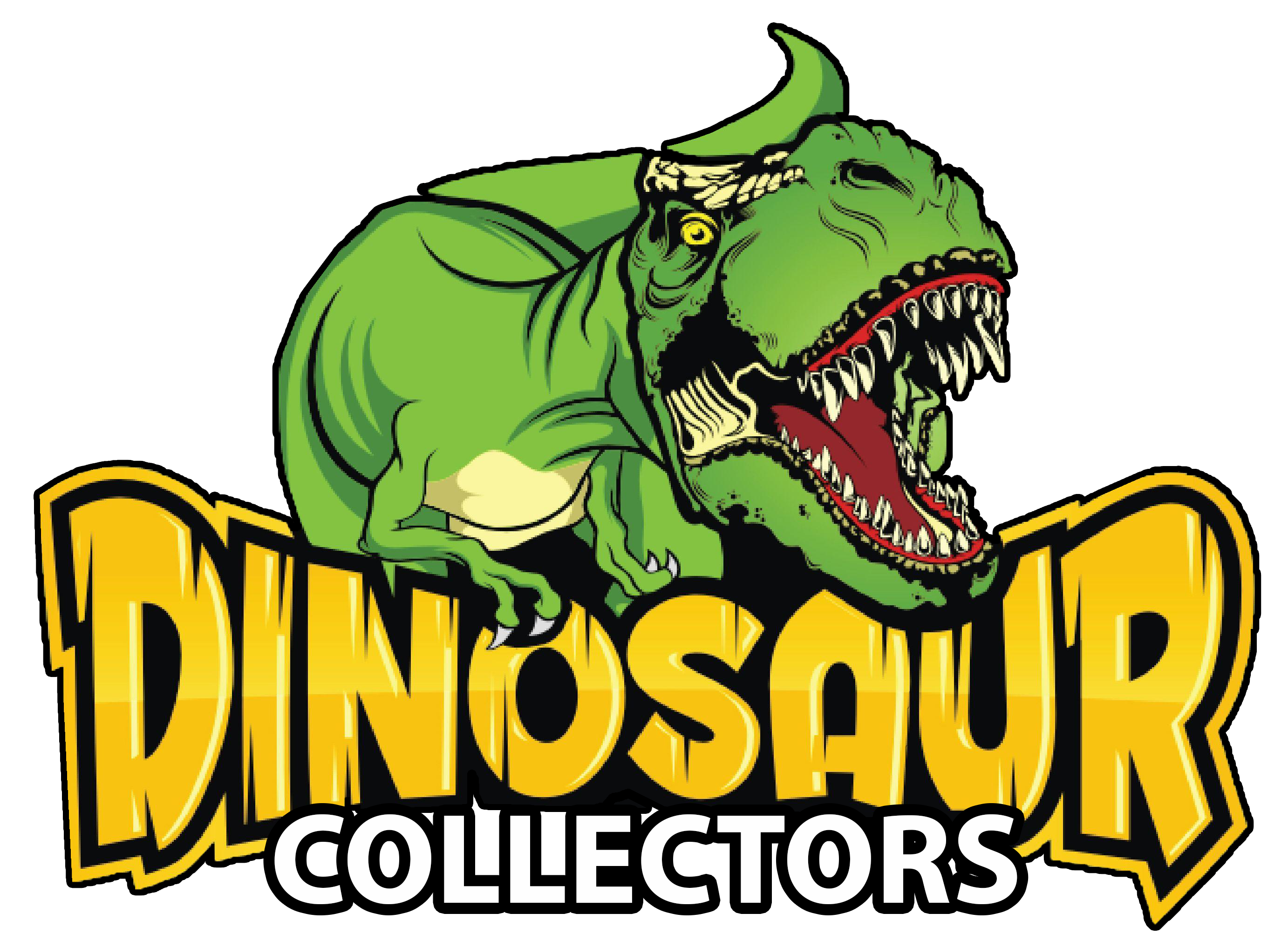
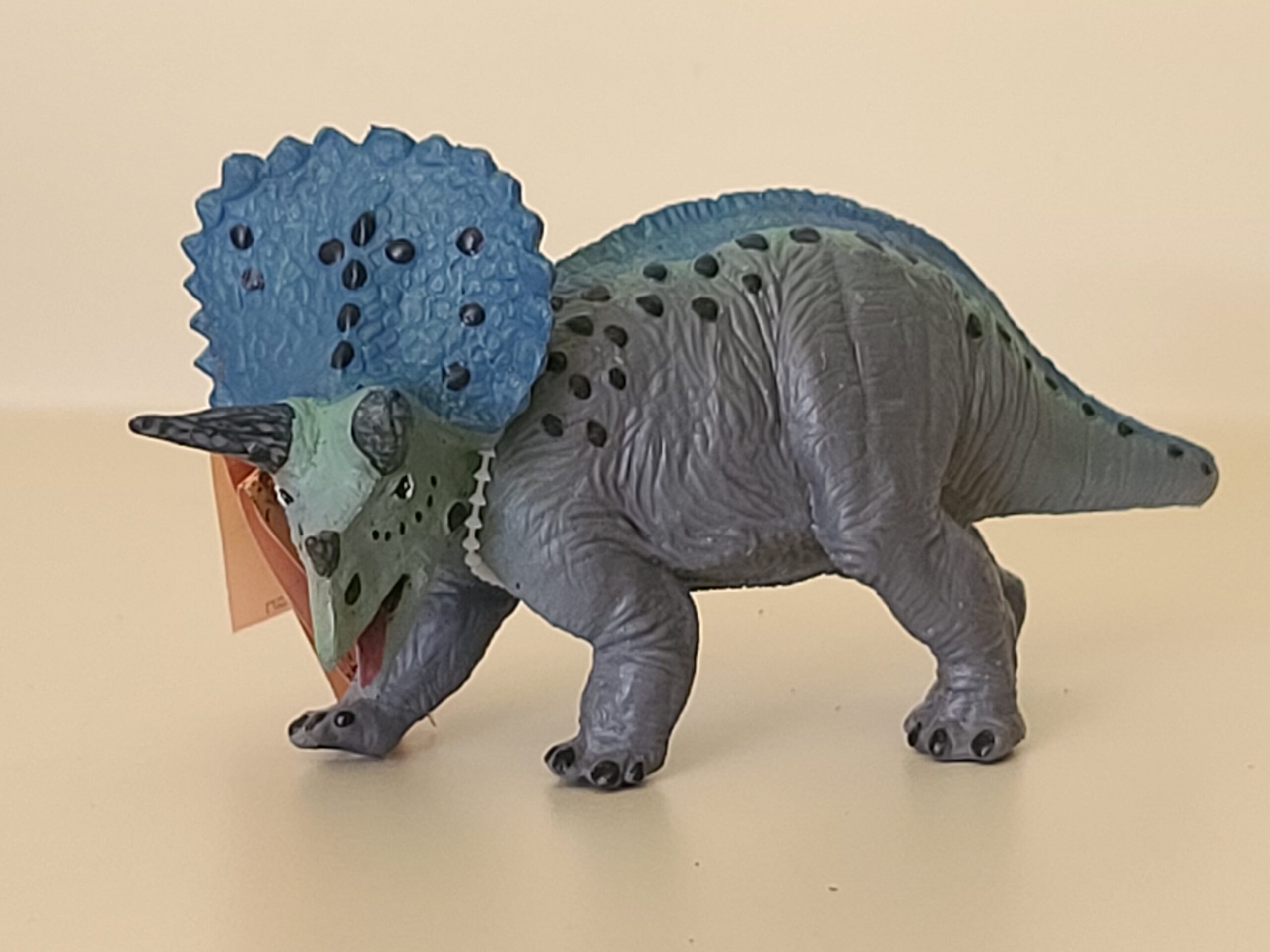

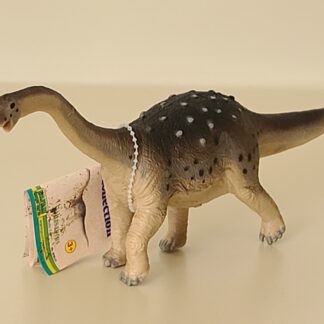

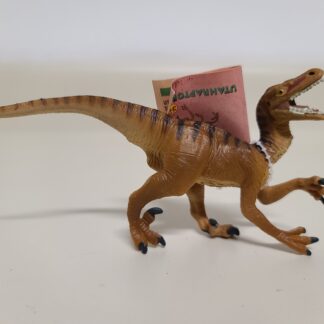
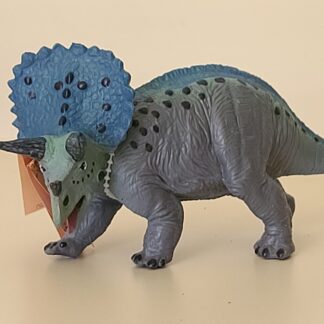
Reviews
There are no reviews yet.